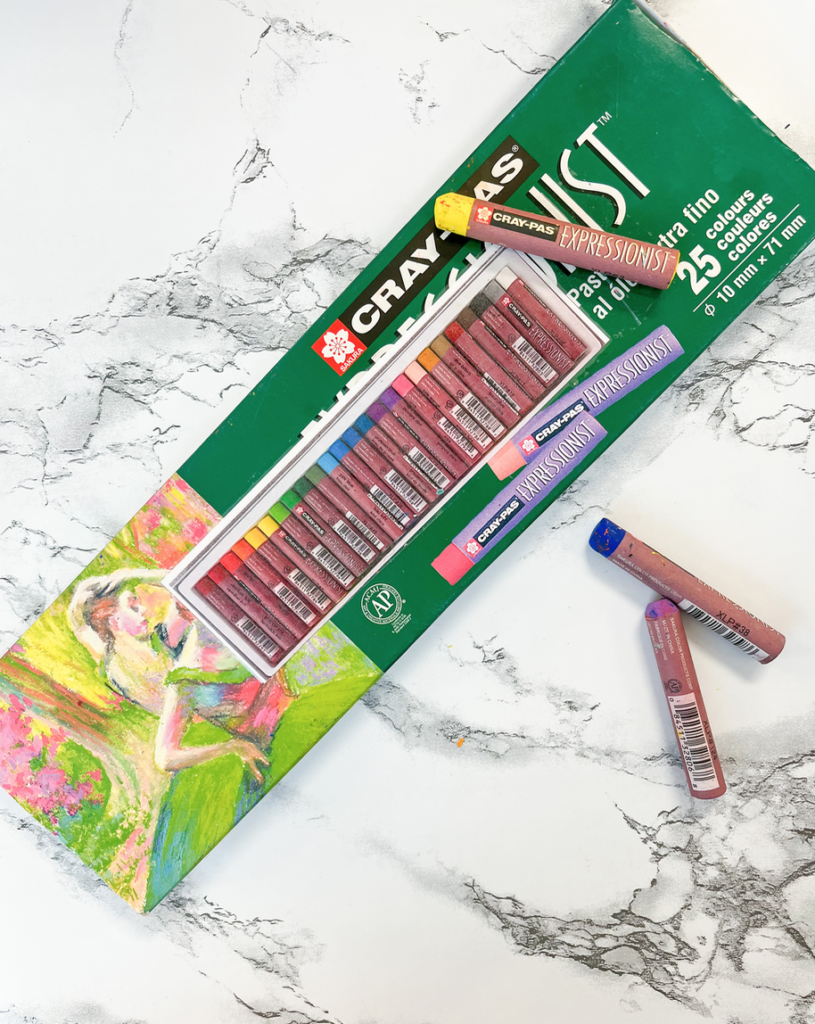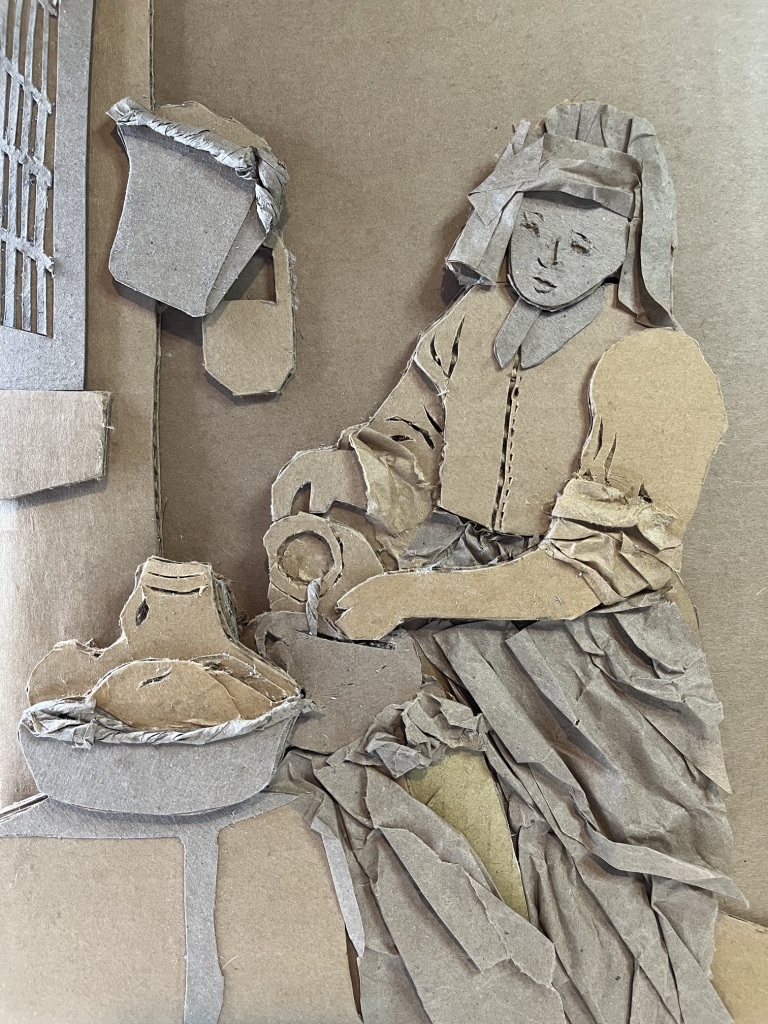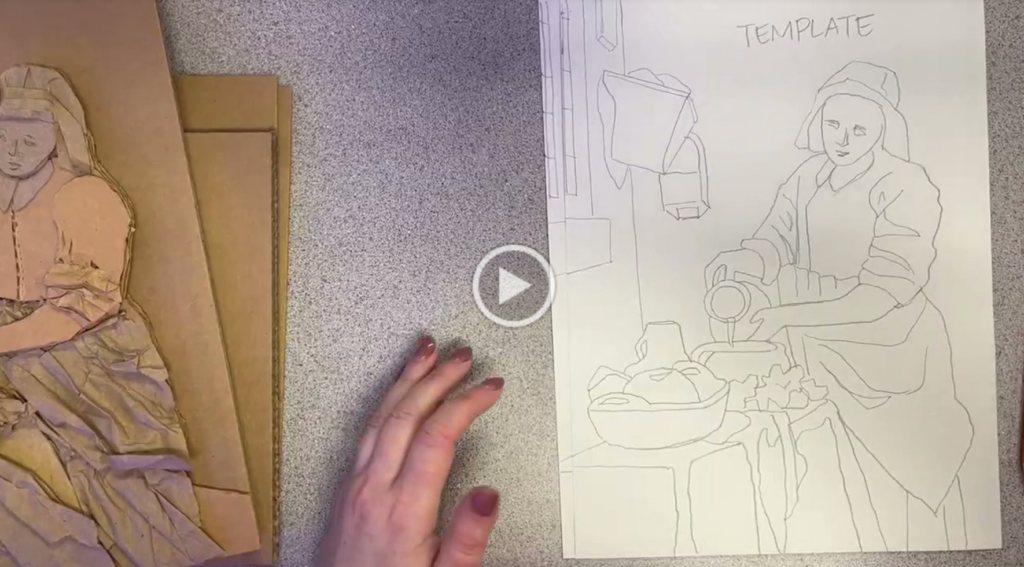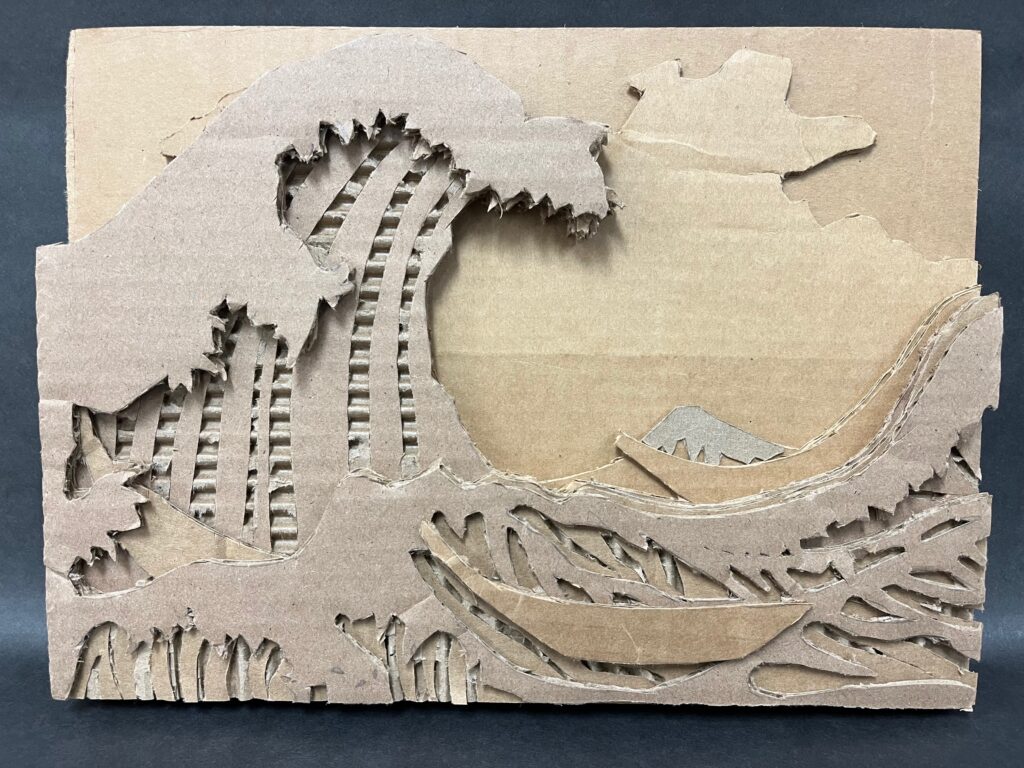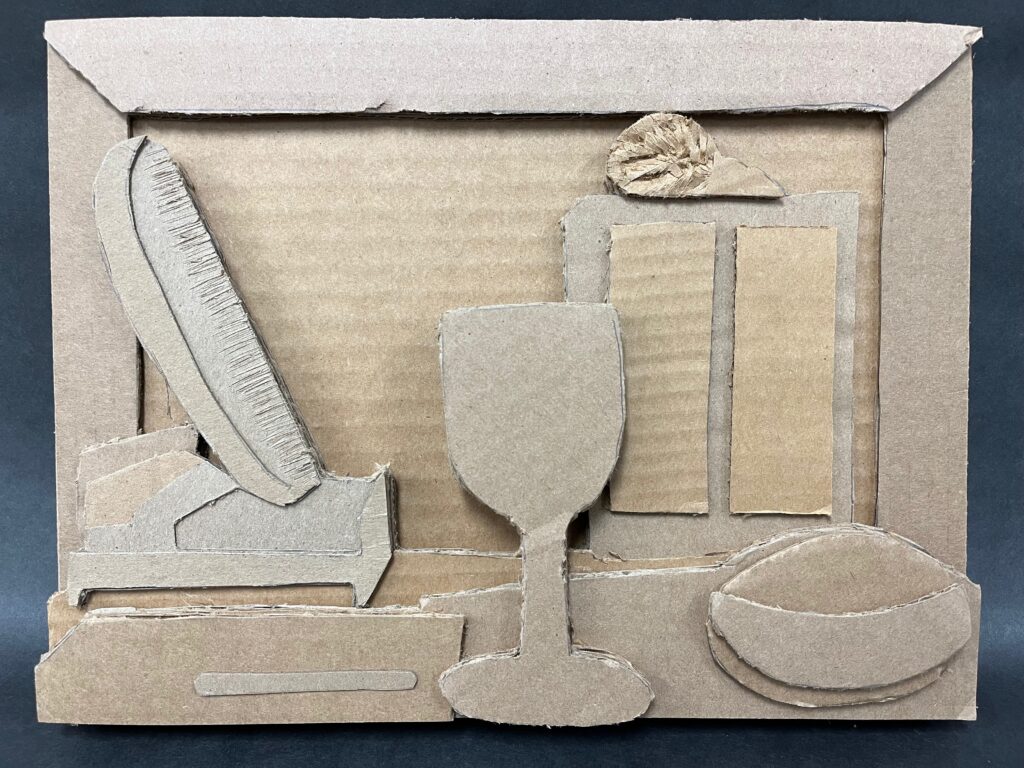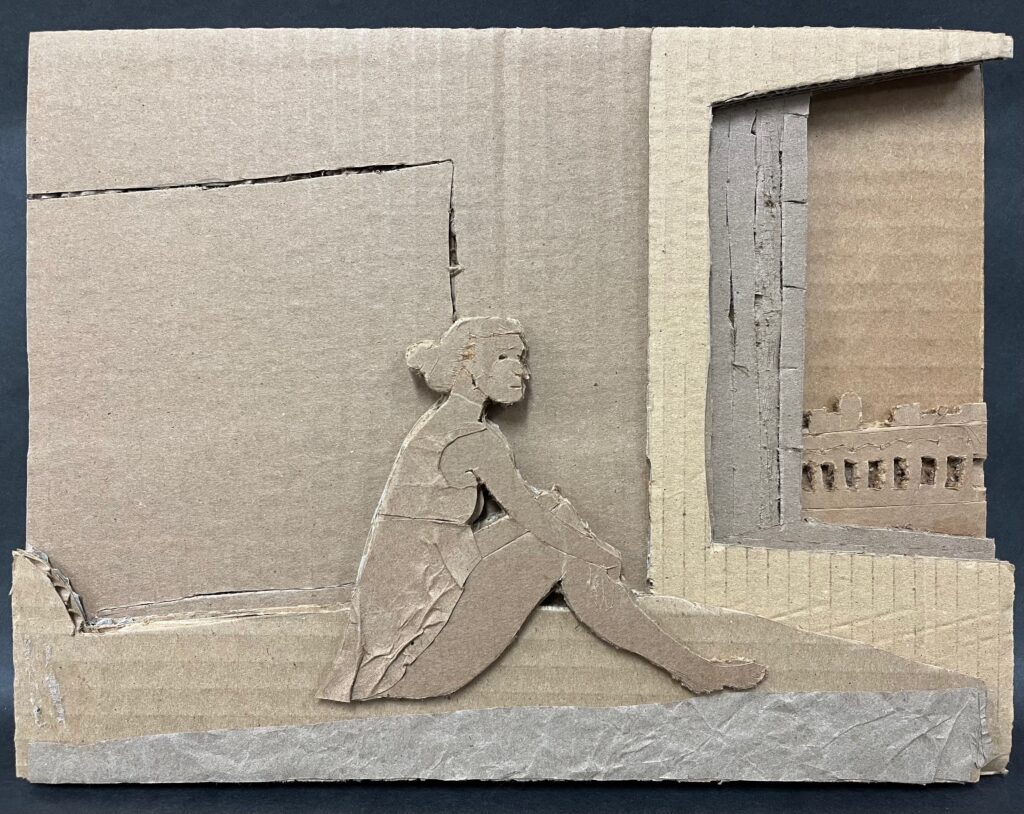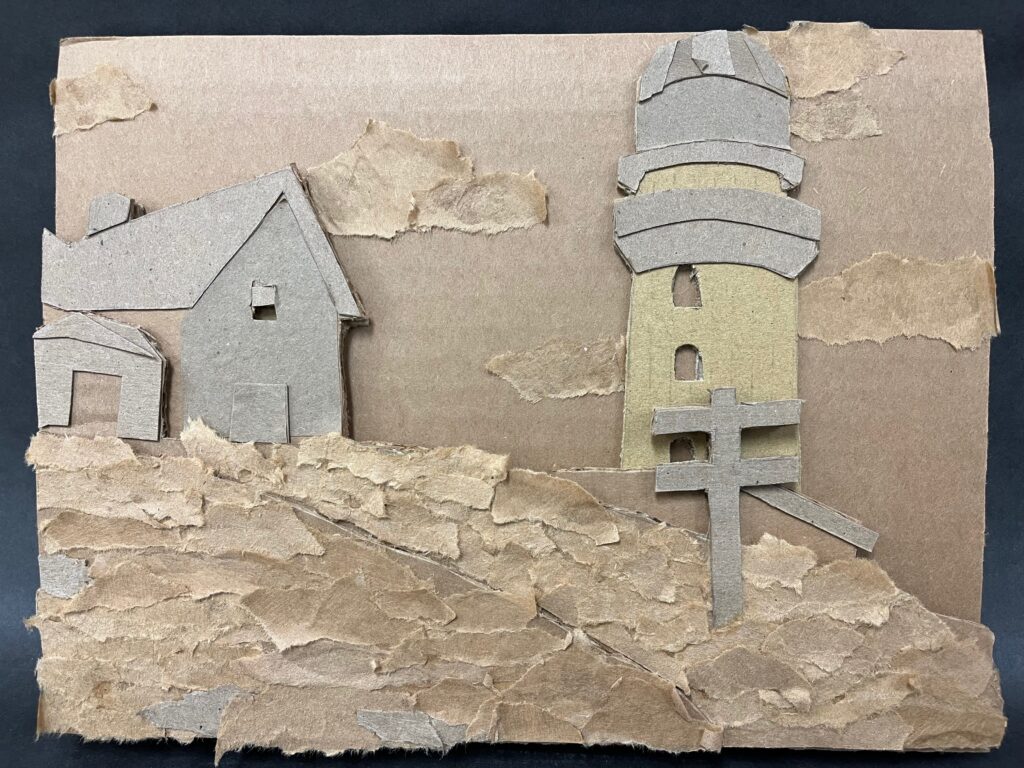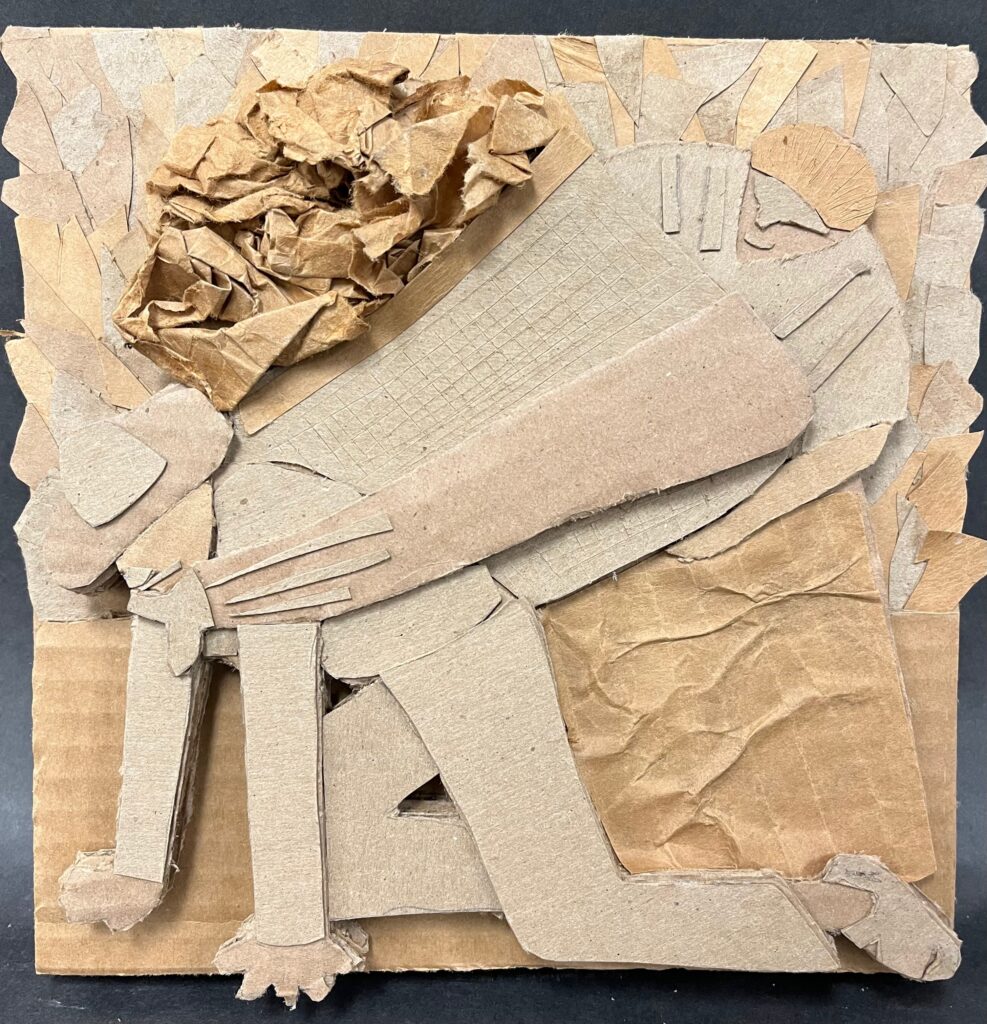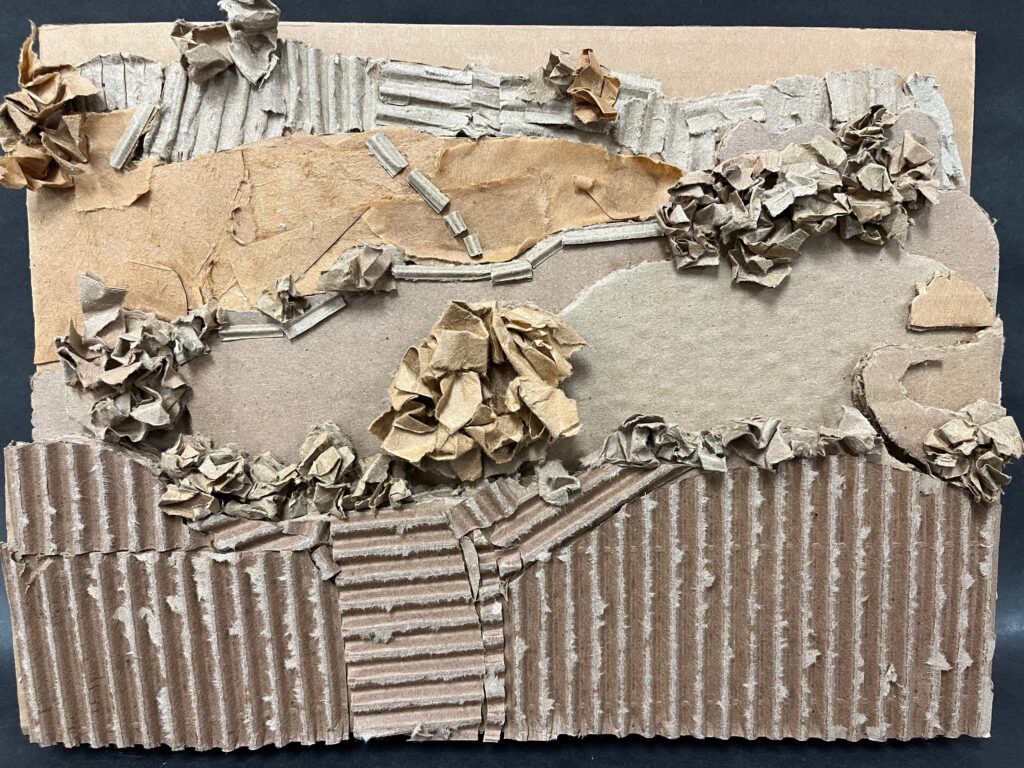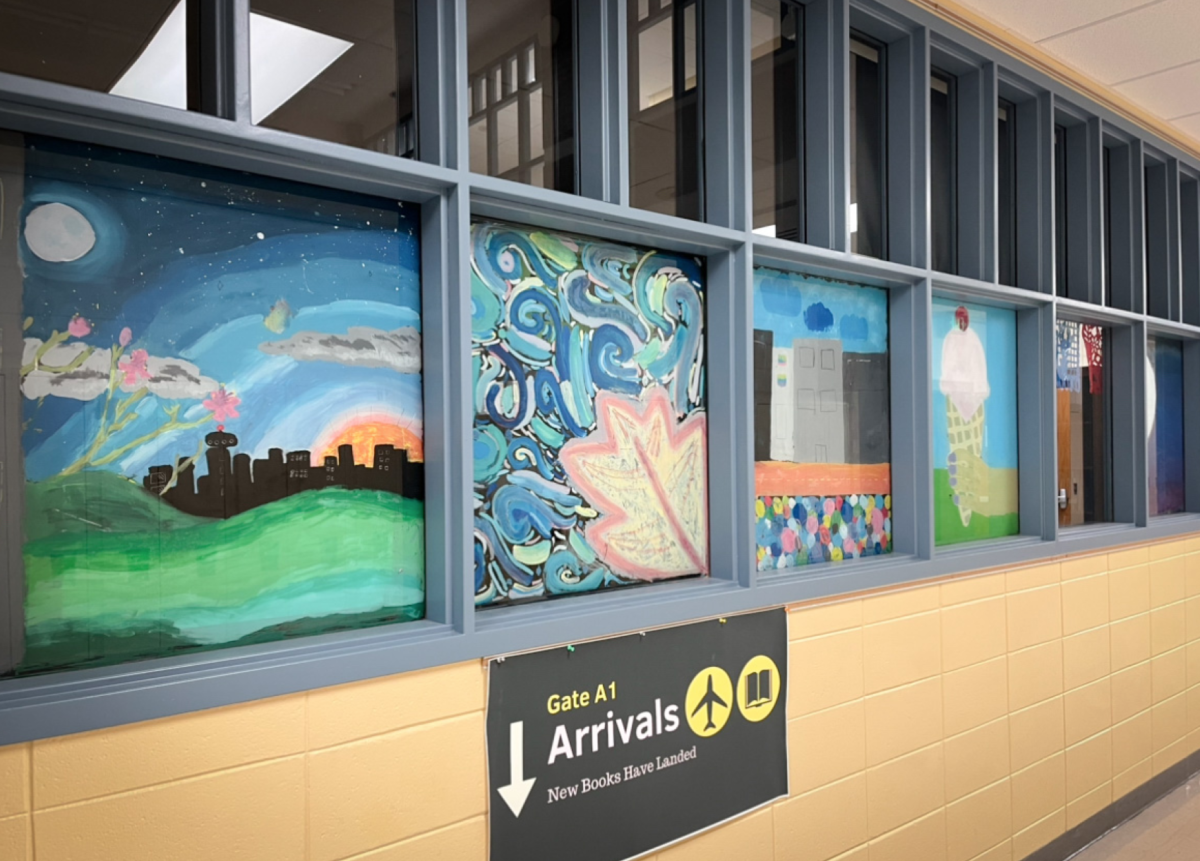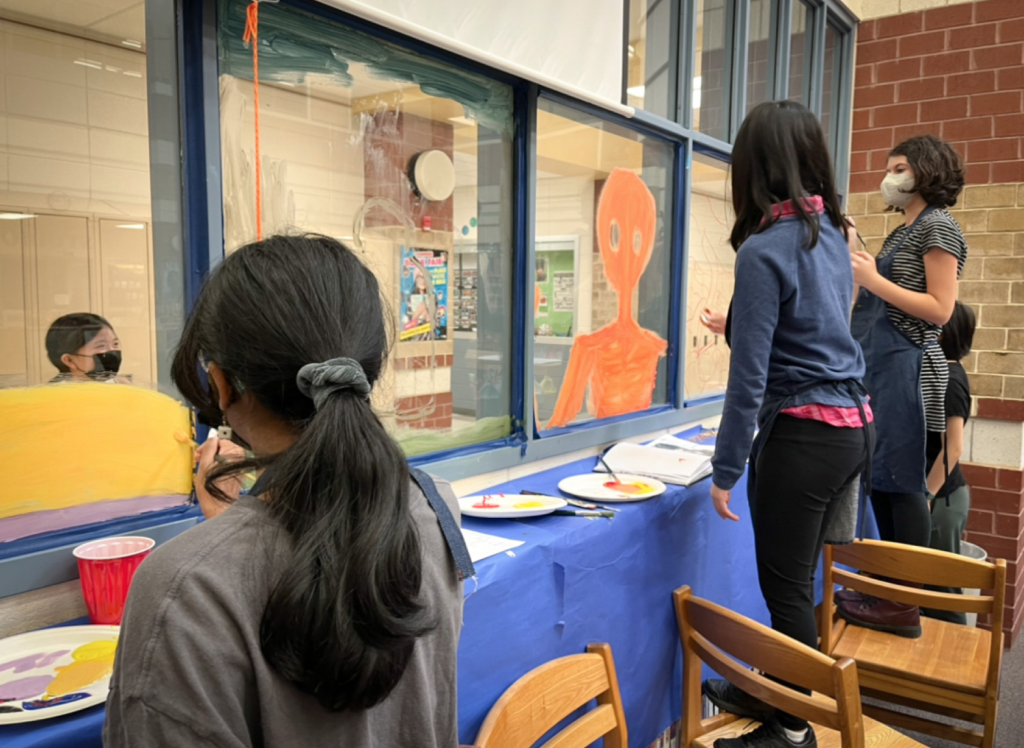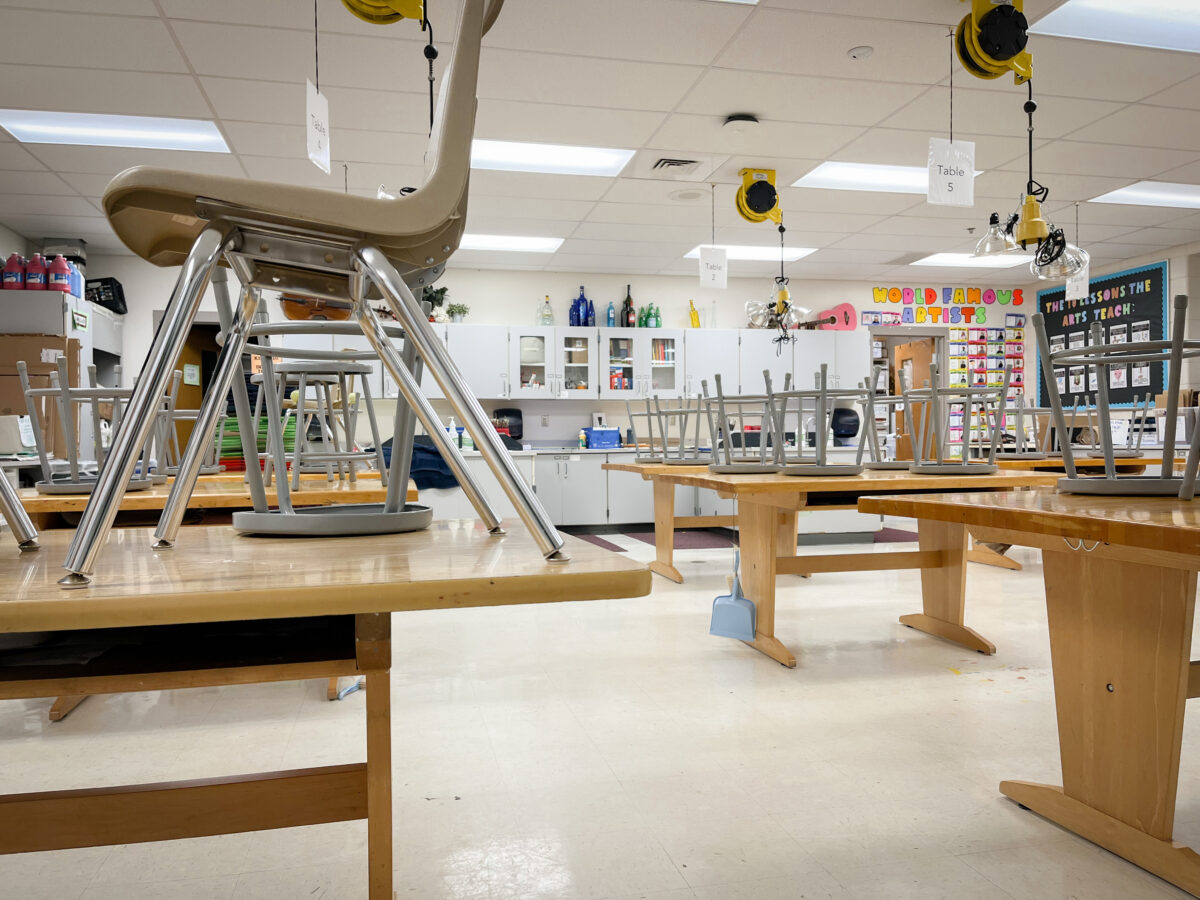*This post contains affiliate links which means I get a small commission if you purchase with the link at no additional cost to you.
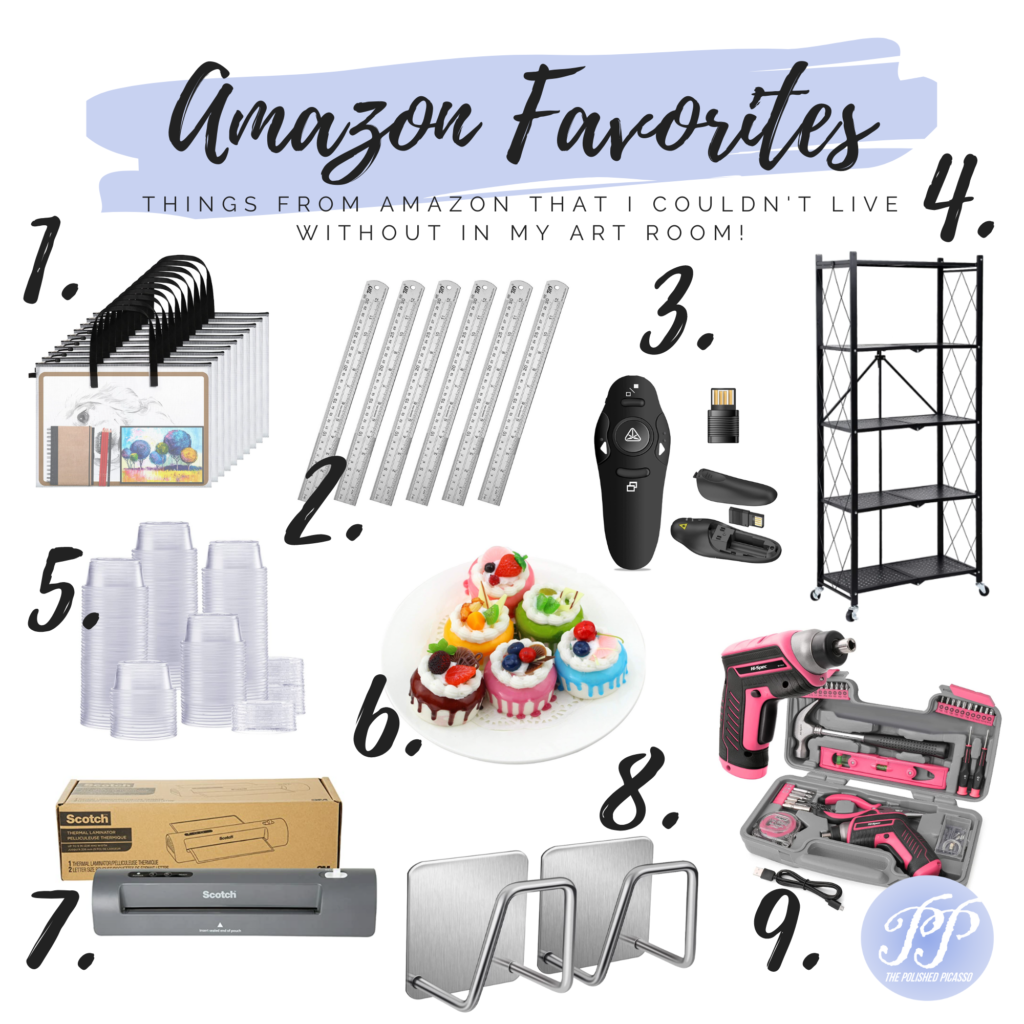
This school year, I have bought classroom materials more from Amazon than any other supplier. I find that there are many times when I realize I need something last minute and I don’t have the time to wait up to two weeks to get what I need from large school supply companies. Plus, the company we are supposed to order from in my county always has things that are back ordered and sometimes it will take months for your items to get to you! So I highly recommend Amazon if you can get approved to purchase your materials there.
It is important to note that if you are purchasing with a credit card that is issued by the school or county, you will need an Amazon business account so you don’t get charged for tax. The process is super easy and you can sign up here.
The following are my top 9 purchases that I have made this year that I simply could not live without!
- Portfolio Bags– These large portfolio bags are great for so many things! One thing I use them for a lot is for students to take their work home in. A lot of my students that work a little bit slower or have been absent, choose to take their work home so that they can get it done by the due date. These are great for that because they fit even the largest artworks we have made this year and they prevent the students’ work from getting wet or wrinkled.
The original reason I purchased these bags was to use as table “folders”. In order to store my students’ work, I used to have large paper folders made out of tag board that they would put their in-progress work in and then I had a storage unit that had one large drawer for each period to put their table folders in. This system worked well but the folders themselves weren’t great because they got super torn up so I had to remake them about every quarter.
Now that we have these bags, the students’ work falls out less because there is a zipper at the top. The handles also make them easier to carry to and from their tables. I will definitely be ordering more of these next year!
2. Metal Rulers– One thing that I can’t stand that my middle schoolers do way too often is snapping rulers. :/ When we use plastic ones, they are always getting broken! So when we moved to using these metal rulers, there was a lot less destruction. They also save us money because we don’t have to buy new rulers every year.
3. Presenter Remote– This remote is a game changer for classroom management! It allows me to move around the room and use proximity with students while presenting my slide shows. It also has a laser so I can point out important things about an artwork from across the room.
4. Fold-Up Shelving– This fold-up shelving system with wheels has been a life saver. When my students make sculptures, I typically have them store them on the counters around the room. I cover each counter with the roll paper that is that class’ color (I color code my classes) and then I divide it into multiple sections- one for each table. This year, I am sharing my room with another teacher so there is very limited counter space. My solution was purchasing this cart so that each table could put their sculptures on a designated shelf. It literally took less than 5 minutes to set up and is super light weight and easy to move (has wheels) but sturdy enough to hold a lot of work. The best part is that it can easily fold flat so when you are not using it you can store it away easily. This thing is seriously SO handy!
5. Condiment Cups– These cups are so versatile and come in handy all of the time! One thing I use them for is when students want to take their paintings home to work on them, they can take a small container of each paint color they need at home without trying to bring an entire palette which usually has a higher chance of spilling. I also used them this year for a hyperrealistic water painting unit I did with my 8th graders. Students basically made their own paint by numbers so they mixed up a good amount of each color paint that they needed, put each color in a separate container, and labeled them with a particular number with Sharpie. Students put all of their cups in a Ziplock bag which was then stored in boxes for each table. So at the beginning of each class, students would simply go to the box with their table number on it, pull out the bag with their name on it, and then paint each pre-numbered area with the paint in the cup that had the corresponding number.
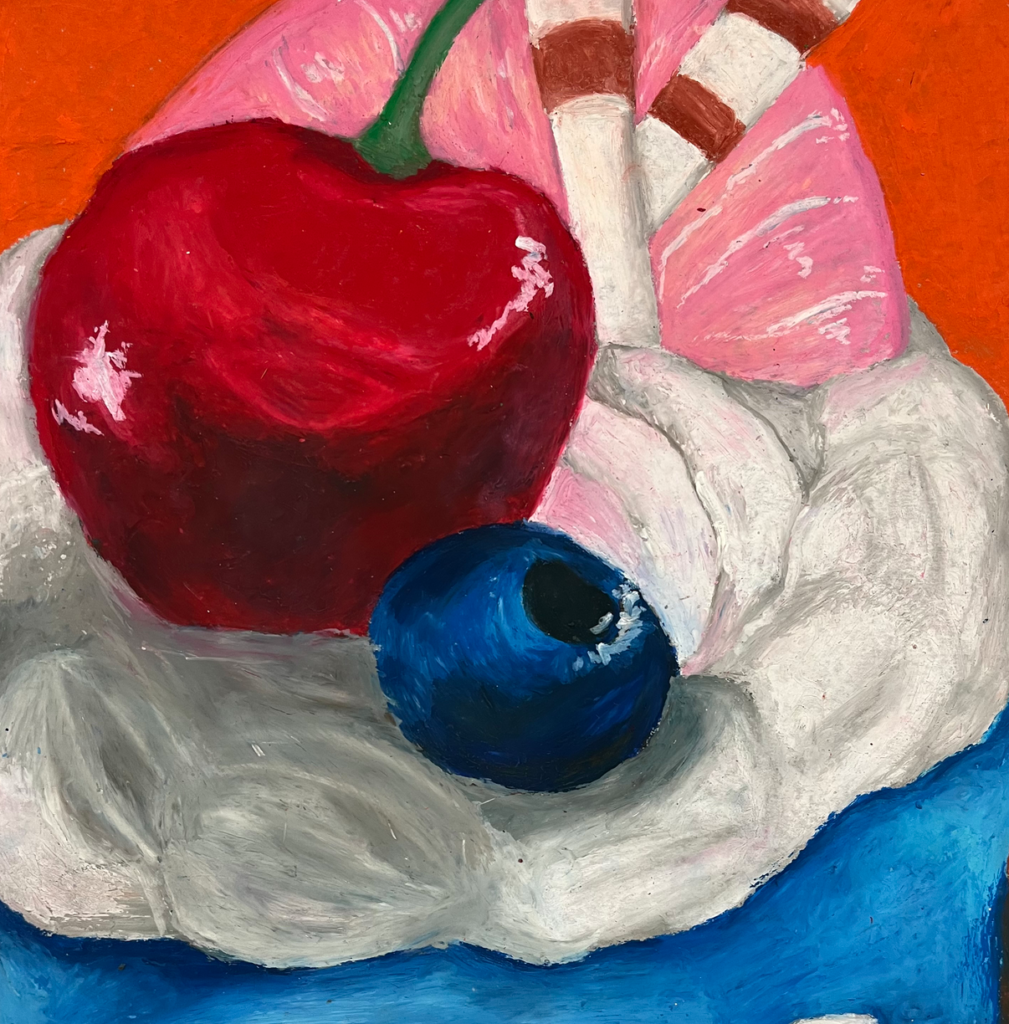
6. Faux Desserts– I love these adorable faux desserts for observational drawing. What I like to do is purchase a class set and let students choose the one they want to draw. Then I advise them to place the dessert on a piece of contrasting colored paper and they choose an interesting part of the dessert to draw. I had my students use oil pastels to draw these desserts but you could have students use any colored media. If you are interested in the unit I am referencing, you can check it out here.
7. Laminator– This is hands-down my most used purchase from Amazon. It is great for laminating smaller things as it fits 8.5″ X 11″ papers. I love using mine to laminate name tags for artwork displays, viewfinders I make out of index cards, and game pieces or other resources that I want to use for years to come. Here are the laminating pouches that go with it.
8. Sponge Holders– I put these sponge holders in the sinks at school in September and they have not budged! I haven’t had the best luck with things that have adhesive backs but these babies have never fallen. I simply made sure the sink was dry, pulled off the paper backing, and stuck them on the inside of the sink. Now, Students have a place to put the sponges when they are done cleaning out their palettes or wiping down their tables.
9. Tool Kit– One thing I never really thought I would need in my art room is a tool kit. But this cute pink one has really come in handy this year. I find that the cordless drill is great for attaching hardware to picture frames so that I can hang student artwork around the school. I also use the tape measure and level quite a bit.

